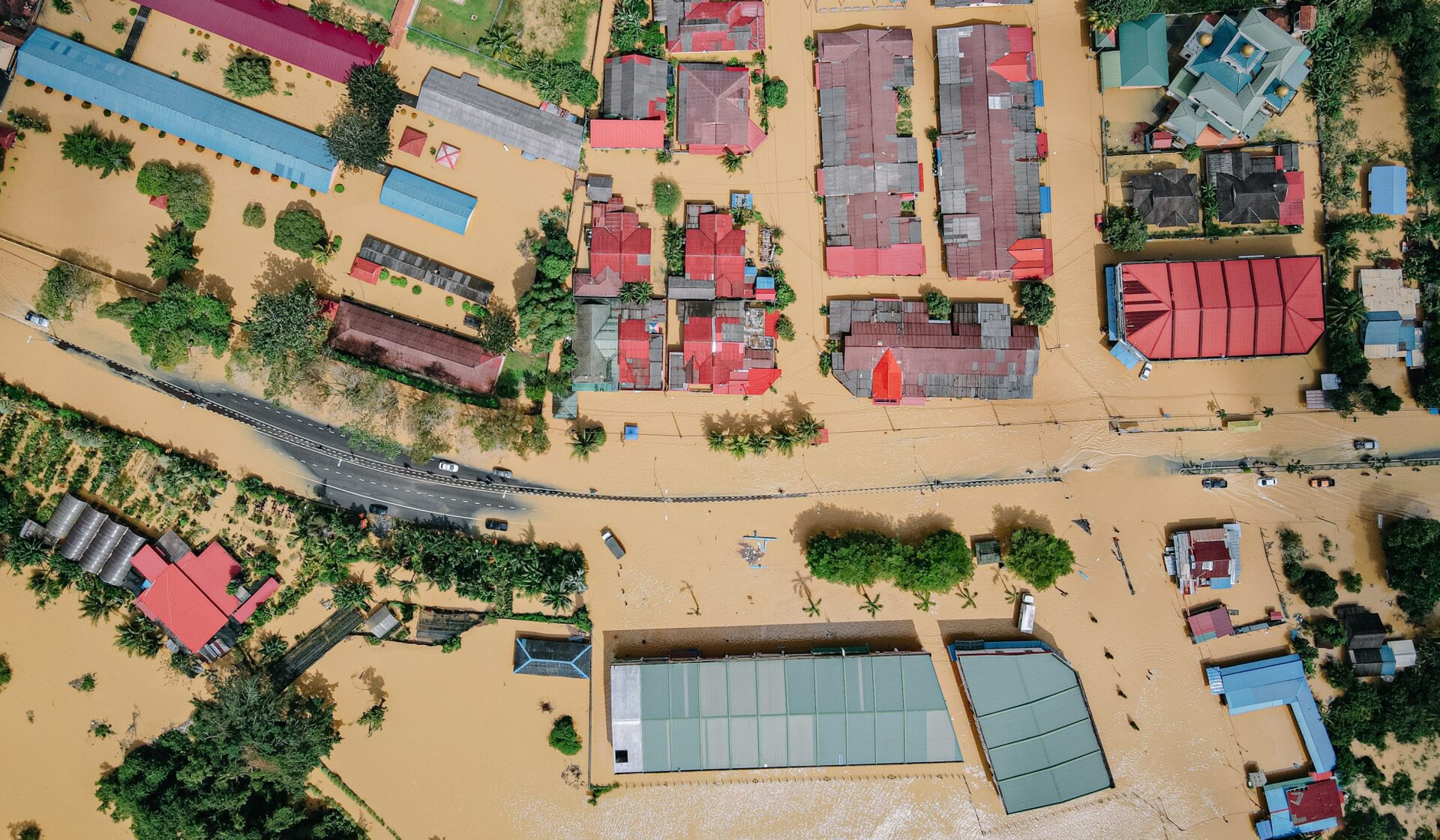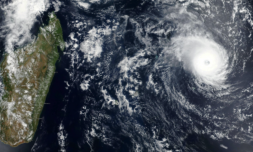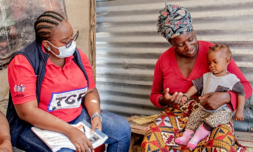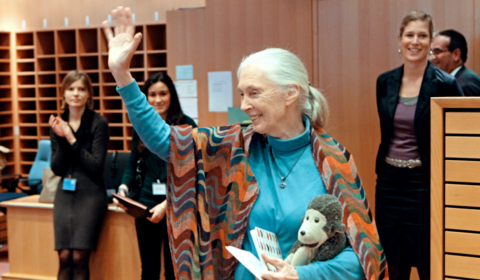Just last week, UNICEF published a harrowing report highlighting the impacts of surging global temperatures and increasingly frequent extreme weather events on the victims most vulnerable to these unforgiving conditions between 2016 and 2021.
Already vulnerable youth have become unwitting victims of a crisis they did not cause.
This is according to UNICEF, which just last week published a harrowing report highlighting that climate change has displaced 43.1m children in six years.
Between 2016 and 2021, the world has witnessed an alarming increase in extreme weather events brought on by surging global temperatures.
From hurricanes and floods to droughts and wildfires, these disasters have destroyed homes, disrupted livelihoods, and continue to present children with real and tangible threats to their safety.
As this intensifies, UNICEF has revealed the alarming rate at which displacement is occurring simultaneously.
It reports that, on average, 20,000 youth have been displaced due to climate-related factors every day for the past six years.
Spearheading this is India and China, which – a result of their huge, combined populations – has recorded the highest numbers of child displacement at 3.9m and 3.7m respectively. As a whole, close to 20m children have been displaced from Asia.
Why do we need urgent child-focused #ClimateAction?
In the last six years, weather-related disasters have displaced 43.1 million children. That’s nearly 20,000 children every day.
This is what UNICEF is asking decision-makers to do to protect them. https://t.co/tZIwOtO4N9
— UNICEF (@UNICEF) October 6, 2023
In Africa, 19.7m children have been displaced by floods, with South Sudan and Somalia taking the lead.
Across the globe, wildfires have driven approximately 800,000 children away from their homes, with the US accounting for over three quarters of this total figure.
UNICEF cites children’s lack of physical and emotional resilience, as well as their dependence on communities for protection and support as the reason behind their intense vulnerability.
Those forced to flee their homes when these systems are affected by climate change face a multitude of challenges, including the inability to access food or clean water, and a greater risk of catching diseases.




















